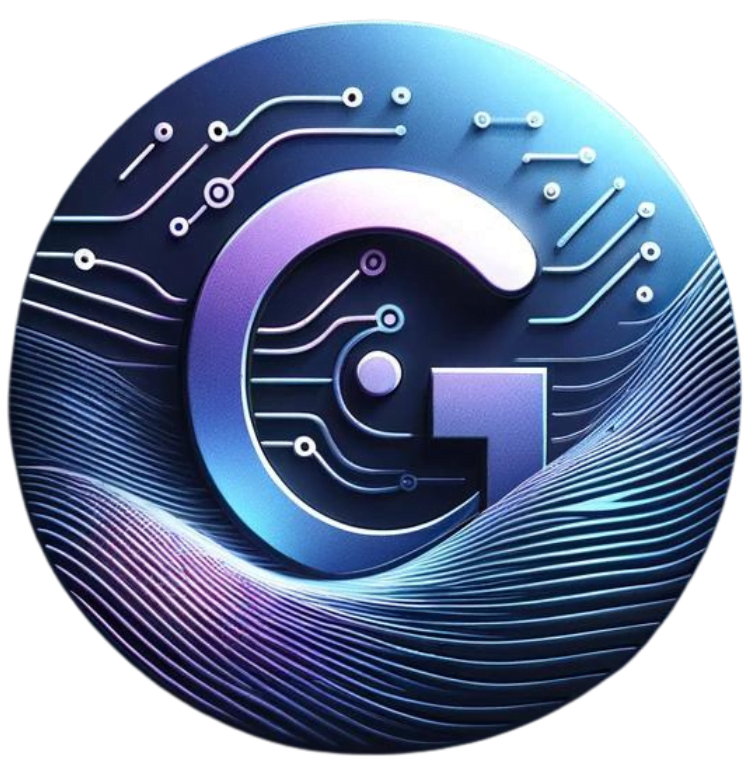The Four Critical Stages of Consumer Marketing

The Four Critical Stages of Consumer Marketing
Consumer marketing is a strategic approach that focuses on promoting products and services directly to individual customers. It involves understanding consumer behavior, identifying target markets, and implementing effective marketing strategies to attract and retain customers. There are four critical stages in consumer marketing that businesses must navigate to achieve success. These stages include:
1. Market Research and Analysis
The first stage of consumer marketing is market research and analysis. This involves gathering and analyzing data about the target market, including demographics, preferences, and buying habits. Market research helps businesses understand their customers’ needs and desires, allowing them to develop products and services that meet those needs. It also helps identify market trends and competitors, enabling businesses to differentiate themselves and create a competitive advantage.
Market research can be conducted through various methods, such as surveys, interviews, focus groups, and data analysis. It provides valuable insights into consumer behavior, allowing businesses to make informed decisions about their marketing strategies.
2. Product Development and Positioning
The second stage of consumer marketing is product development and positioning. Once businesses have a clear understanding of their target market, they can develop products and services that cater to their customers’ needs and preferences. This involves designing, testing, and refining products to ensure they meet quality standards and deliver value to customers.
Product positioning is another crucial aspect of this stage. It involves creating a unique selling proposition and positioning the product in a way that differentiates it from competitors. Effective product positioning helps businesses communicate the value and benefits of their products to customers, influencing their purchase decisions.
3. Marketing Communication and Promotion
The third stage of consumer marketing is marketing communication and promotion. Once the product is developed and positioned, businesses need to effectively communicate its value to the target market. This involves creating marketing messages and promotional materials that resonate with customers and persuade them to make a purchase.
Marketing communication can take various forms, including advertising, public relations, direct marketing, and digital marketing. Businesses need to choose the most appropriate channels and mediums to reach their target audience effectively. They also need to tailor their messages to appeal to the specific needs and desires of their customers.
4. Sales and Customer Relationship Management
The fourth and final stage of consumer marketing is sales and customer relationship management. Once customers are attracted to the product and make a purchase, businesses need to focus on building and maintaining long-term relationships with them. This involves providing excellent customer service, addressing any concerns or issues promptly, and continuously engaging with customers to understand their evolving needs.
Customer relationship management (CRM) systems and strategies play a crucial role in this stage. CRM helps businesses track customer interactions, gather feedback, and personalize their marketing efforts. It also enables businesses to identify opportunities for upselling and cross-selling, further maximizing customer lifetime value.
In conclusion, consumer marketing involves several critical stages that businesses must navigate to achieve success. Market research and analysis, product development and positioning, marketing communication and promotion, and sales and customer relationship management are the key stages that businesses need to focus on to effectively attract and retain customers.
Source references:
- Smith, P.R., & Zook, Z. (2011). Marketing Communications: Integrating Offline and Online with Social Media. Kogan Page Publishers.
- Kotler, P., & Keller, K.L. (2016). Marketing Management. Pearson Education Limited.
- Armstrong, G., & Kotler, P. (2017). Marketing: An Introduction. Pearson Education Limited.

